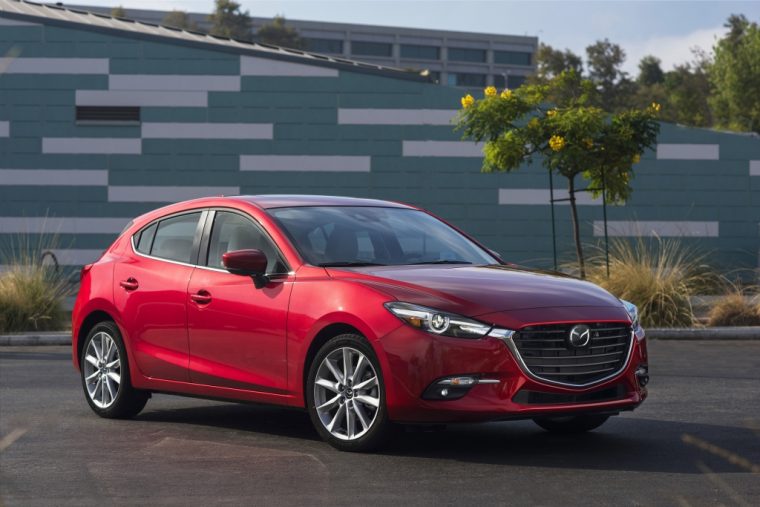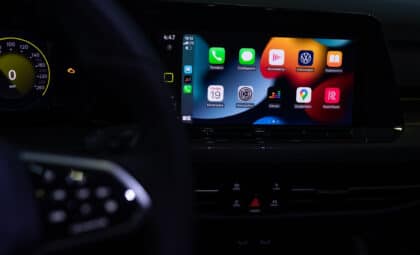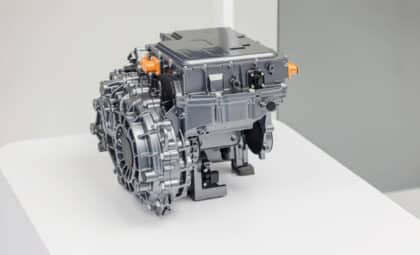
It’s an exciting feeling to drive off in your brand new car, fresh from the dealer. You feel the excitement rise the minute you hold the keys and know you will soon be driving your new car. But just because your car is new doesn’t mean you shouldn’t make an effort to keep it in good condition. After all, a new car is not immune to rough driving conditions.
If you maintain your car on a regular basis, you can keep it in good condition as well as save money in the long run. Routine caring for your car will keep it in top condition for years to come. Read on to get some important and useful tips on how to keep your car in good condition and keep it looking new for years.
- Being careful during the breaking-in period: The breaking-in period for a brand new car is usually the first 1,000 miles. Be gentle with your car and avoid driving on rough roads or transporting heavy loads. Keep an eye on the speed, which should not cross 55 mph, and keep the revs under 3,000 rpm use for light to medium acceleration.
- Drive carefully: Your car is new, and if you start driving it roughly, it will undergo an increased amount of wear and tear. You may damage certain components in your engine and may be already looking out for some spare parts. Avoid rough driving and accelerating as it will wear the engine as well as the car. Drive within the speed limit and avoid potholes.
- Maintaining the car: Follow the manufacturer’s recommended maintenance for your new car. Keep an eye on the fluids such as transmission fluid, oil, brake, and steering fluids to avoid issues. Inspect the car’s air filter and change it every 12,000 miles, or as recommended by your manufacturer, to improve the performance of the car and the engine.
- Keep an eye on the tires: Most often, the tires are ignored. It is very imported to check your tire pressure regularly, as well as checking them generally for any wear and tear. Driving on weak and worn out tires make the car engine work harder and negatively affects the car’s handling.
- Interior and exterior: The interior and exterior are spotless when you buy a new car. In order to prolong the look and life of your car, it needs to be properly maintained both inside and out. You will need special cleaning fluid to clean the exterior and the interior of your new car. Vacuum inside and wash and wax the exterior of your car regularly.
If you follow the above tips, you can certainly keep your new car looking new for years to come, and get the same feeling every time you set out to drive, as you drove it for the first time from the dealer.
This article contains sponsored links.









